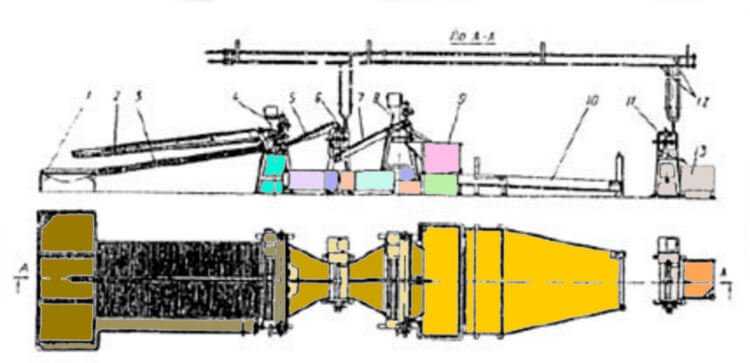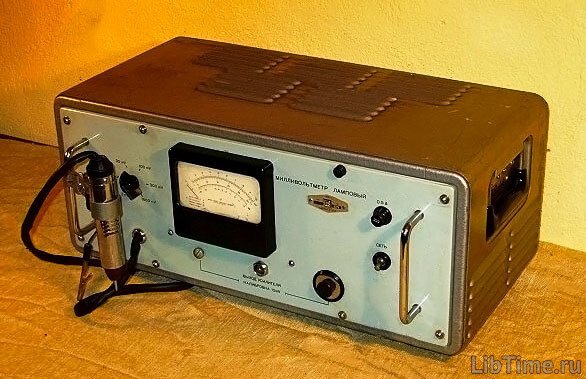Density meters
Density measuring devices are often used in food production. The density of a liquid is one of the main characteristics of certain technological processes (for example, the density of evaporator juices) and finished products (alcohol, milk).
Density is the ratio of a unit mass to a unit volume: 

Float density meters are the most common devices for determining the density of liquids, syrups and slurries. The construction of density meters is based on Archimedes' law. The principle of their operation is that a float immersed in a liquid is subjected to a pushing force.
In floating float density meters, the density of a liquid is measured by the immersion depth of a float of a certain shape and constant mass, for example, aerometry. In the second type of density meter, the mass and immersion depth are practically constant, only the ejection force changes due to changes in the density of the liquid. Therefore, these density meters use a compensating spring force that displaces the submerged float.
In floating float density meters, the weight force is balanced by the ejective force, and in submerged float density meters, the weight force is balanced by the ejective force and the compensating spring force.
The change in density is proportional to the amount of spring deformation or float displacement and has the following relationship: ∆ 'rho; = W-∆x/(g-Vn)= W/gVn ∆x, where ∆x is the displacement of the float, m; W is the stiffness of the spring, kg/s2; g is the acceleration of free fall, m/s2; V is the volume of the float,m3.
Hydrostatic density meters can be different in design, but their principle of operation is general and is based on the change in hydrostatic pressure of a liquid when its density changes: ∆p=∆pgH, 
In hydrostatic density meters, the pressure of a liquid column is measured by blowing an inert gas or air through a layer of liquid, the pressure of which is proportional to the height of the liquid column and its density. At a constant height H, the pressure drop ∆p is proportional to the increase in density Dr, so the beginning of the device scale corresponds to the initial density ro, and the end corresponds to ∆p+rmax.
A differential density meter (Fig. 1) uses a reference liquid with densityre, poured into a cylinder (5) and placed in a vessel of a controlled liquid with densitypp. An inert gas passes through the controlled and reference liquids.
The gas pressure is set by means of reducers (7) so that at a minimum density it passes through the liquid layer in separated bubbles. The compressed gas is simultaneously fed into the measuring tubes (2) and (4). From the cylinder (5), the gas passes a part of the controlled liquid through the tube (3), immersed to a depth of h2. Tube (2) is immersed to a depth of hi=h2+ho.
That is, the height of the reference and controlled liquids is the same, and the pressure difference is proportional to the difference in their density: ∆p-h0g('rho;p - 'rho;e)=∆H - 'rho;n-g, where h0 is the height of the reference fluid in the cylinder; g is the acceleration of free fall; 'rho;p - 'rho;e and 'rho;n are the densities of the instrument, controlled and reference fluids, respectively.
The density is controlled by the device by the pressure difference ∆p =∆H- 'rho;n-g, where 'rho;n is the density of the measuring device liquid; ∆H is the height difference of the measuring device.
In addition to the above density meters, there are also weight density meters based on continuous automatic weighing of a constant volume of liquid flowing through the pipe brick of the device.
Measuring the viscosity of liquid media in the food industry is one of the most difficult problems when implementing a food production process control system. Most processes are associated with the processing of dispersed systems, suspensions of colloidal solutions, and plastic masses.
Food products have the ability to stick to the sensing element, precipitate, and during the production process, various substances are released from them that affect the sensing element or impede their operation.
The use of viscosity measuring instruments (viscometers) in the food industry is very limited due to design and technical shortcomings of viscosity measurement methods or the complexity of creating operating conditions for the viscometers themselves (for example, the mandatory use of temperature control devices).
Viscosity is the property of liquids and gases to resist the movement of one part of them relative to another. The basic law of viscous friction was established by I. Newton (1687). In the SI system, the unit of viscosity is Pa-s (Pascal-second). Sometimes a non-systemic unit of viscosity is also used - poise (1 n = 0.1 Pa-s).
Fluids that are subject to Newton's law (i.e., those that have a linear dependence of viscosity on shear rate, whose viscosity does not depend on the intensity of mechanical stress) are called Newtonian. If this dependence is nonlinear, then such fluids are called non-Newtonian.
The bulk of liquids, solutions and plastic food products belong to the group of non-Newtonian fluids. Along with the dynamic viscosity, kinematic viscosity is often considered as the ratio of dynamic viscosity to density: v = µ/'rho; .
The unit of measurement ism2/s, but the more common in practice is the introduced system unit - stokes (1 St = 10-4m2/s =1Cm2/s).


